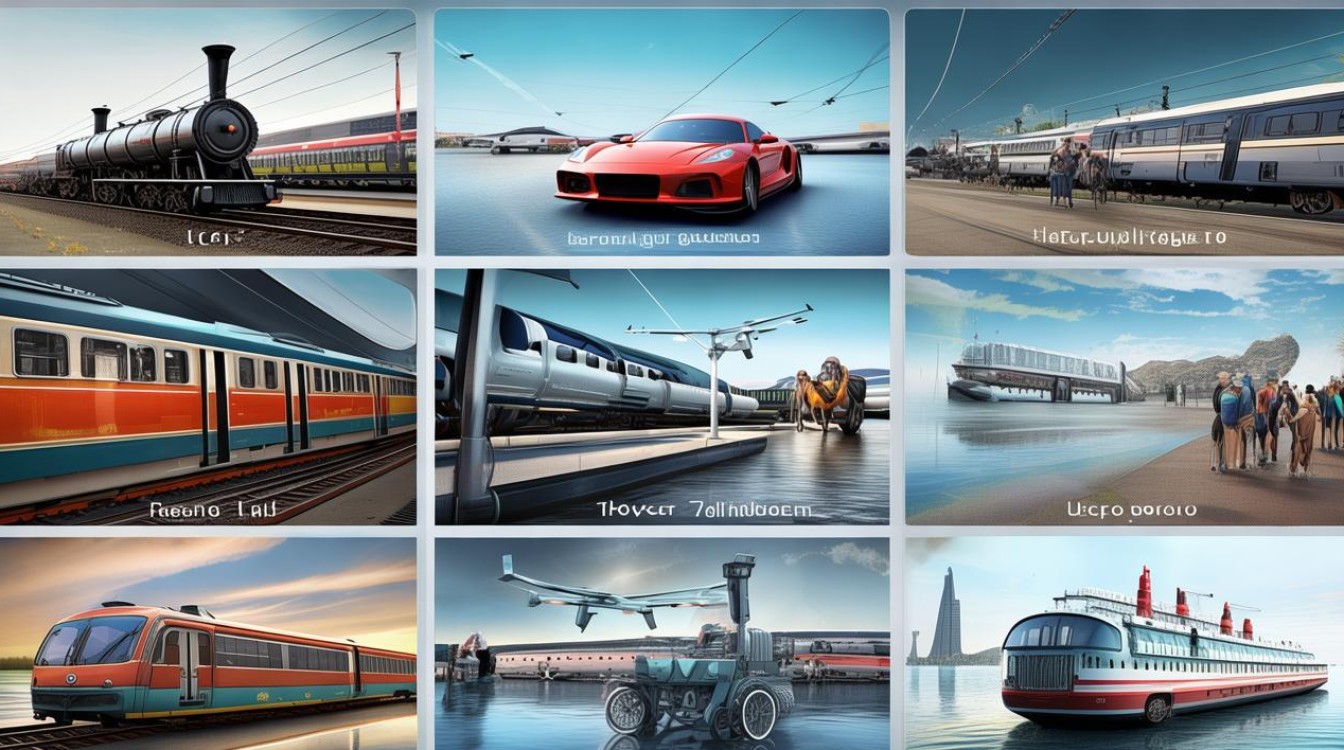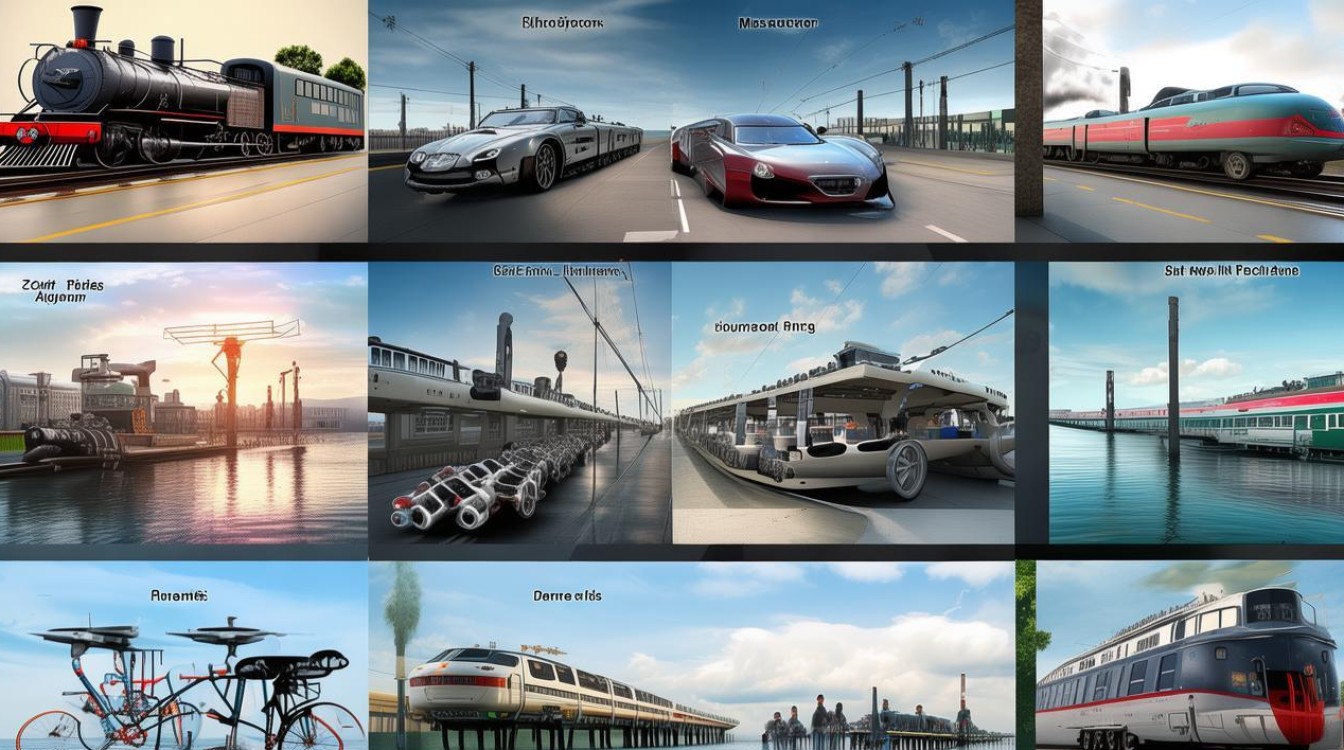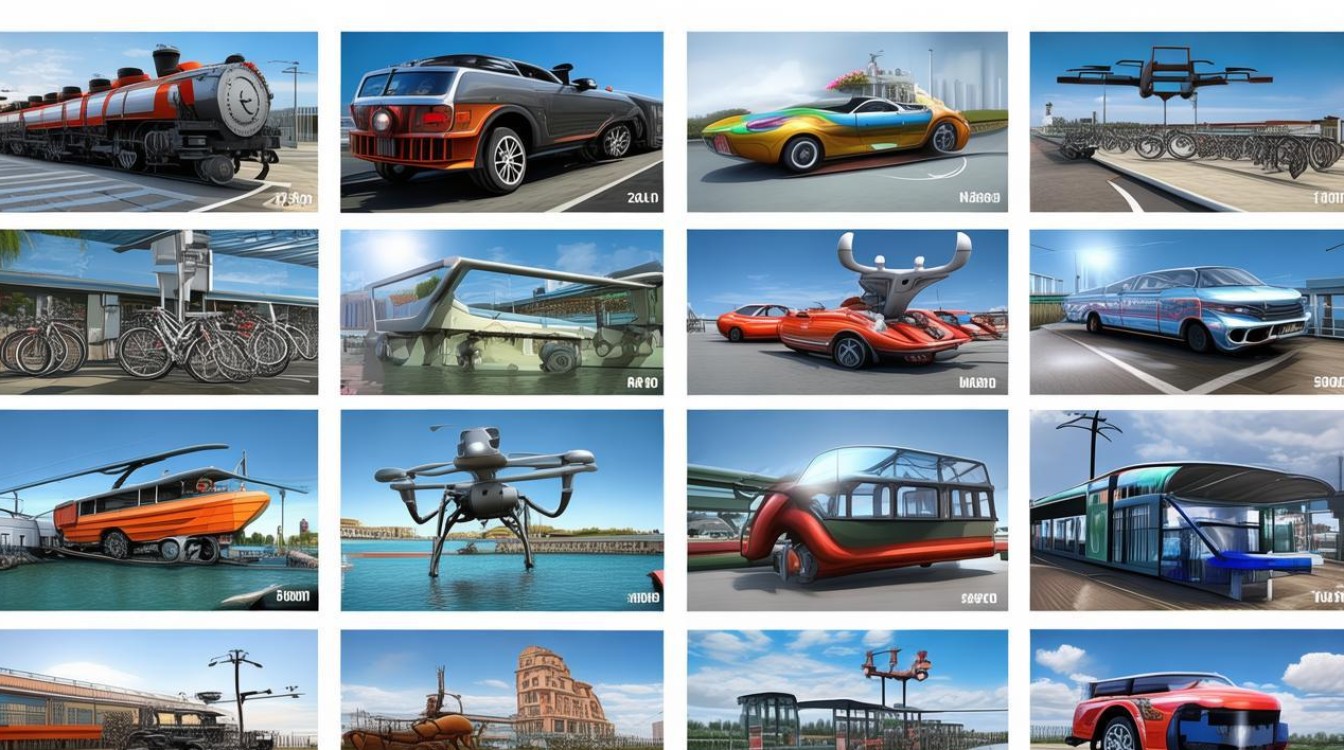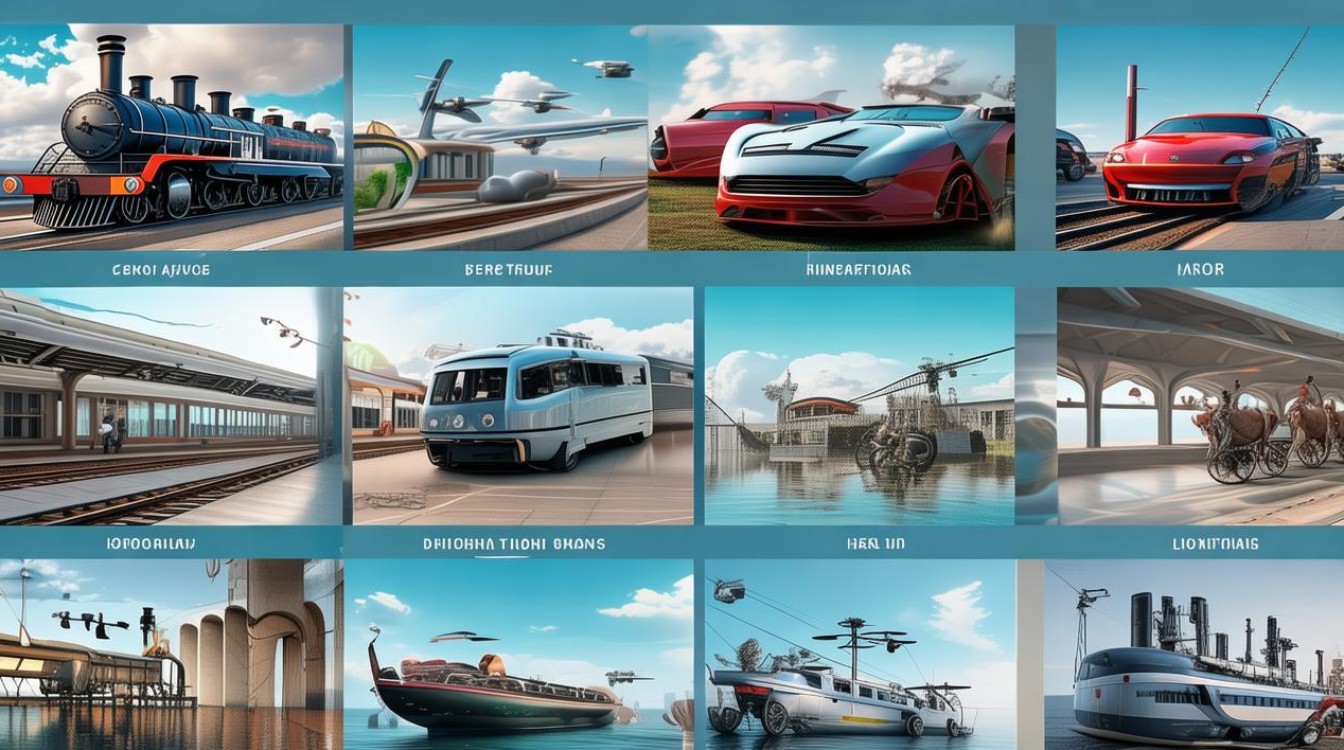Transportation is a vital part of daily life, whether commuting to work, traveling, or simply running errands. Learning key English words related to transportation helps improve communication, especially for travelers and language learners. Below are ten essential English words for different modes of transport, along with explanations and usage examples.

Car
A car is a four-wheeled motor vehicle used for personal transportation. It is one of the most common means of transport worldwide.
Example:
- "She drives a red car to work every morning."
Cars vary in size, from compact models to SUVs, and are powered by gasoline, electricity, or hybrid engines.
Bicycle
A bicycle (or bike) is a human-powered vehicle with two wheels, pedals, and handlebars. It is eco-friendly and often used for exercise or short-distance travel.
Example:
- "He rides his bicycle to the park on weekends."
Bicycles are popular in cities with dedicated bike lanes and among fitness enthusiasts.
Bus
A bus is a large motor vehicle designed to carry multiple passengers along a fixed route. Public buses are common in urban areas for affordable commuting.
Example:
- "She takes the bus to school because it’s cheaper than a taxi."
Buses can be city buses, long-distance coaches, or school buses.

Train
A train is a series of connected vehicles that run on railway tracks, transporting passengers or freight. Trains are efficient for long-distance travel.
Example:
- "The high-speed train from Beijing to Shanghai takes about five hours."
Trains include subways, commuter rails, and bullet trains.
Airplane
An airplane (or plane) is a powered flying vehicle with fixed wings, used for fast long-distance travel. Air travel is the quickest way to cross continents.
Example:
- "They booked an airplane ticket to New York for their vacation."
Commercial airplanes operate on scheduled flights, while private jets offer personalized travel.
Motorcycle
A motorcycle is a two-wheeled motor vehicle, faster and more agile than a bicycle. It is popular for both commuting and recreational riding.
Example:
- "He wears a helmet for safety when riding his motorcycle."
Motorcycles include scooters, sport bikes, and cruisers.

Ship
A ship is a large watercraft designed for ocean or sea travel, transporting passengers or cargo. Ships are essential for international trade.
Example:
- "The cargo ship delivers goods from China to Europe."
Cruise ships offer luxury travel, while ferries provide short-distance water transport.
Subway
A subway (or metro) is an underground train system in cities, providing fast and efficient public transit.
Example:
- "The subway is the fastest way to avoid traffic in Tokyo."
Subways reduce road congestion and are common in major metropolitan areas.
Taxi
A taxi is a car for hire with a driver, offering door-to-door service. Taxis are convenient but more expensive than public transport.
Example:
- "She hailed a taxi to get to the airport on time."
Ride-hailing apps like Uber have modernized taxi services.

Tram
A tram (or streetcar) is a rail vehicle that runs on city streets, often electrically powered. Trams are common in European cities.
Example:
- "The tram in Amsterdam is a scenic way to explore the city."
Trams provide an eco-friendly alternative to buses in urban centers.
Practical Usage Tips
To remember these words, associate them with personal experiences. For example:
- If you travel by train often, note the word when purchasing tickets.
- When riding a bicycle, practice saying the word aloud.
Using these words in daily conversations reinforces memory. Watching English travel videos or reading transport-related articles also helps.
Understanding transportation vocabulary enhances travel experiences and improves language skills. Whether navigating a new city or discussing travel plans, these words are fundamental for effective communication.
Learning these terms makes it easier to ask for directions, book tickets, and discuss transport options. The next time you plan a trip, try incorporating these words into your conversations.

